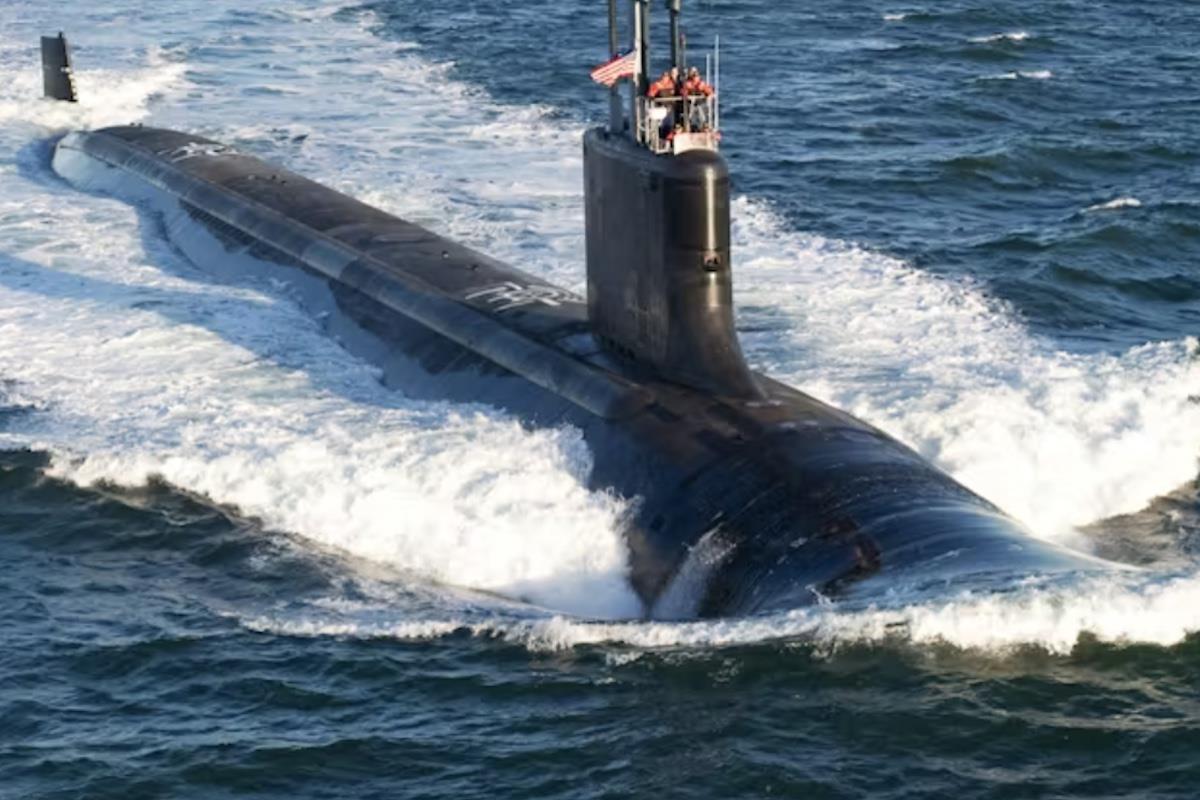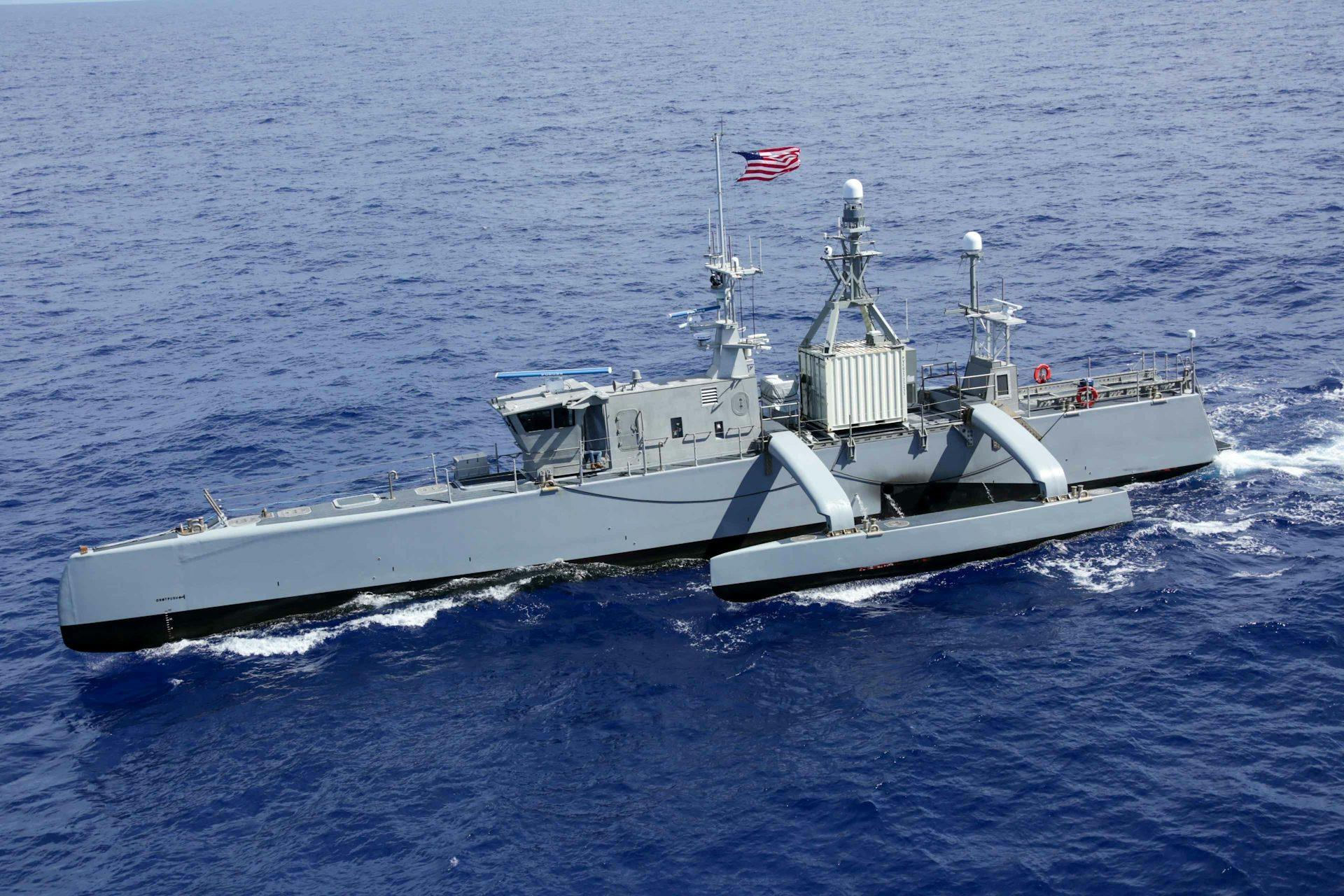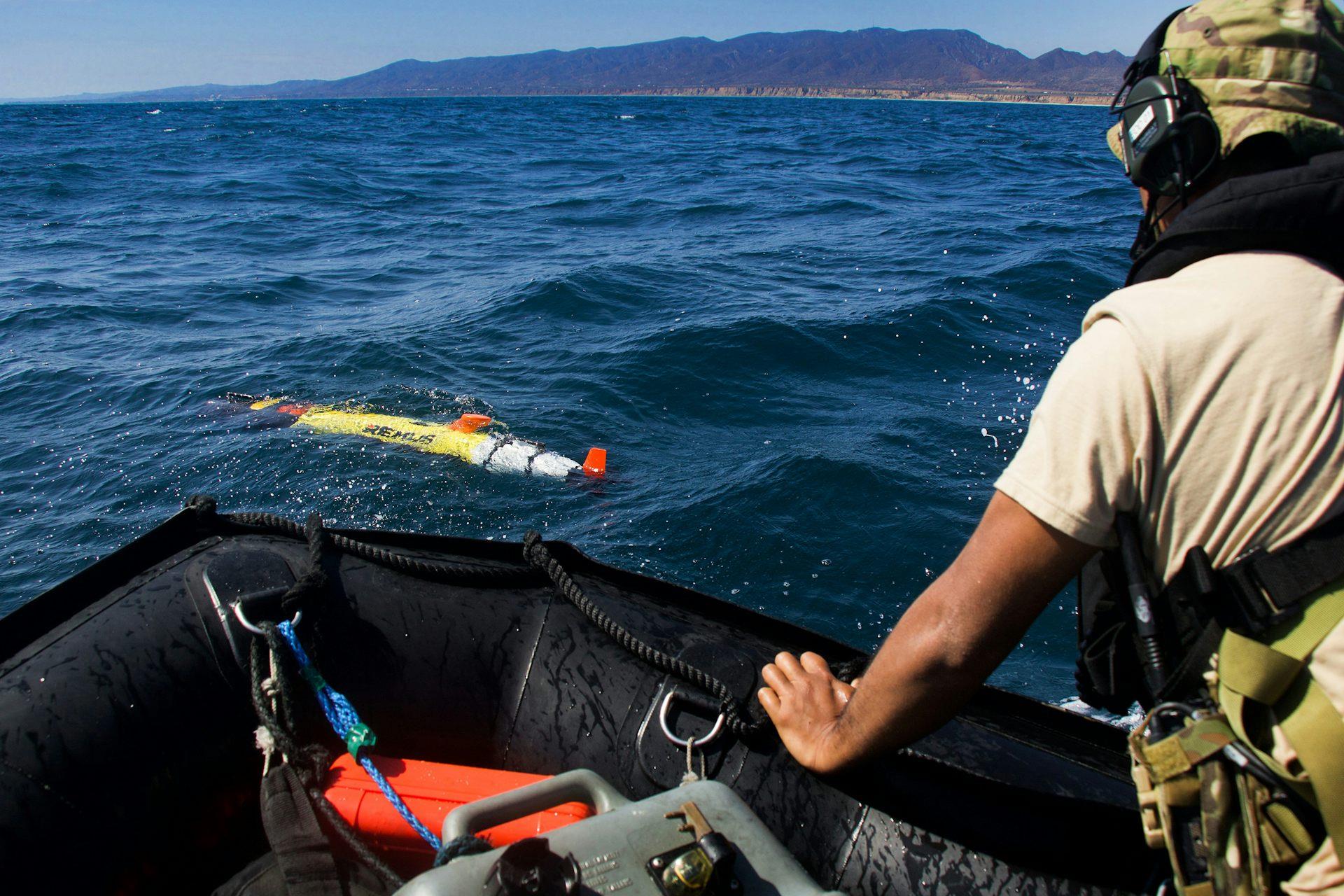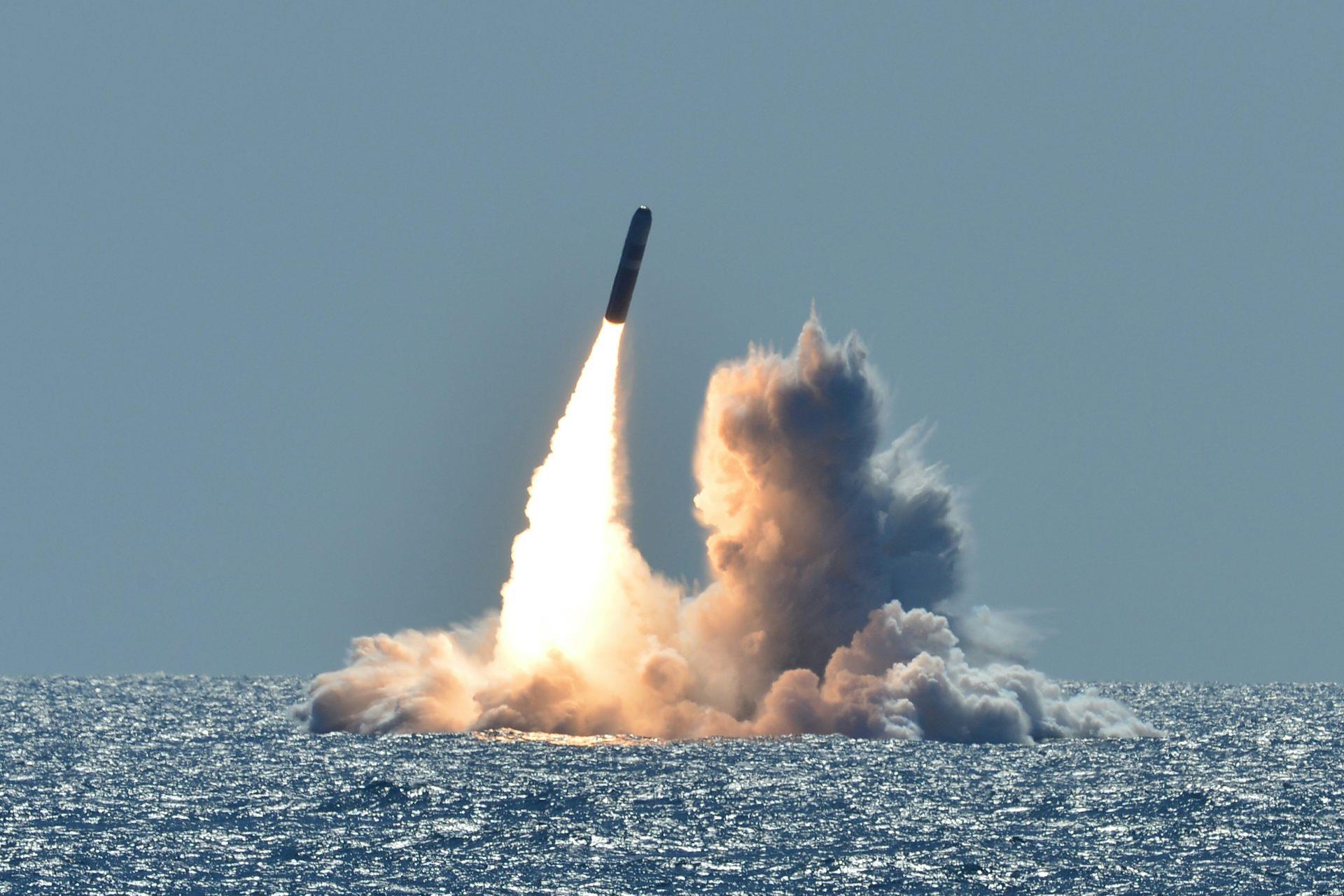
AI, Drone Ships And Sensors Leaving Subs Nowhere To Hide
Sound waves travel further and faster in water than light or radar waves. This means sound is the most effective way to detect underwater objects. Modern anti-submarine warfare (ASW) is an ongoing cat-and-mouse game of detecting, tracking and deterring enemy submarines .
With sound as the ocean's only reliable language, ASW has primarily been a contest of listening. But the game is changing. Advances in artificial intelligence (AI), sensor networks, and autonomous vehicles are eroding the acoustic monopoly that submarines once enjoyed.
A new generation of tireless, networked and increasingly intelligent machines is beginning to patrol the seas. This promises a future where even the quietest submarine will find it harder to remain unseen.
As the ocean's soundscape becomes more crowded, navies are increasingly turning to non-acoustic methods. These technologies detect the effects of a submarine rather than its noise. Satellites equipped with synthetic aperture radar can detect subtle ripples and temperature gradients on the sea surface caused by subsurface movement.
Until recently, magnetometers, which can measure the minute disturbances a submarine creates in Earth's magnetic field, were constrained by physics and sensitivity limits. The magnetic anomaly detectors used for ASW could only operate effectively at low altitude and at short range.
Emerging quantum magnetometers , which make use of the strange science of quantum mechanics, promise orders-of-magnitude improvements in sensitivity. They could, in theory, detect the presence of a steel hull tens of kilometres away, especially when deployed in swarms aboard uncrewed aircraft or sea surface vessels.
A technique called distributed acoustic sensing (DAS) could turn ordinary undersea cables – primarily used for internet traffic – into vibration sensors. It works by measuring subtle changes in strain in the cables' optical fibres.

Legal Disclaimer:
MENAFN provides the
information “as is” without warranty of any kind. We do not accept
any responsibility or liability for the accuracy, content, images,
videos, licenses, completeness, legality, or reliability of the information
contained in this article. If you have any complaints or copyright
issues related to this article, kindly contact the provider above.
Most popular stories
Market Research

- Crypto Market Update: Pepeto Advances Presale With Staking Rewards And Live Exchange Demo
- Kucoin Appeals FINTRAC Decision, Reaffirms Commitment To Compliance
- Cregis And Sumsub Host Web3 Compliance And Trust Summit In Singapore
- Chartis Research And Metrika Release Comprehensive Framework For Managing Digital Asset Risk
- Nodepay Launches Crypto's Largest Prediction Intelligence Platform
- Schoenherr Opens London Liaison Office As Gateway To Central Eastern Europe



























Comments
No comment